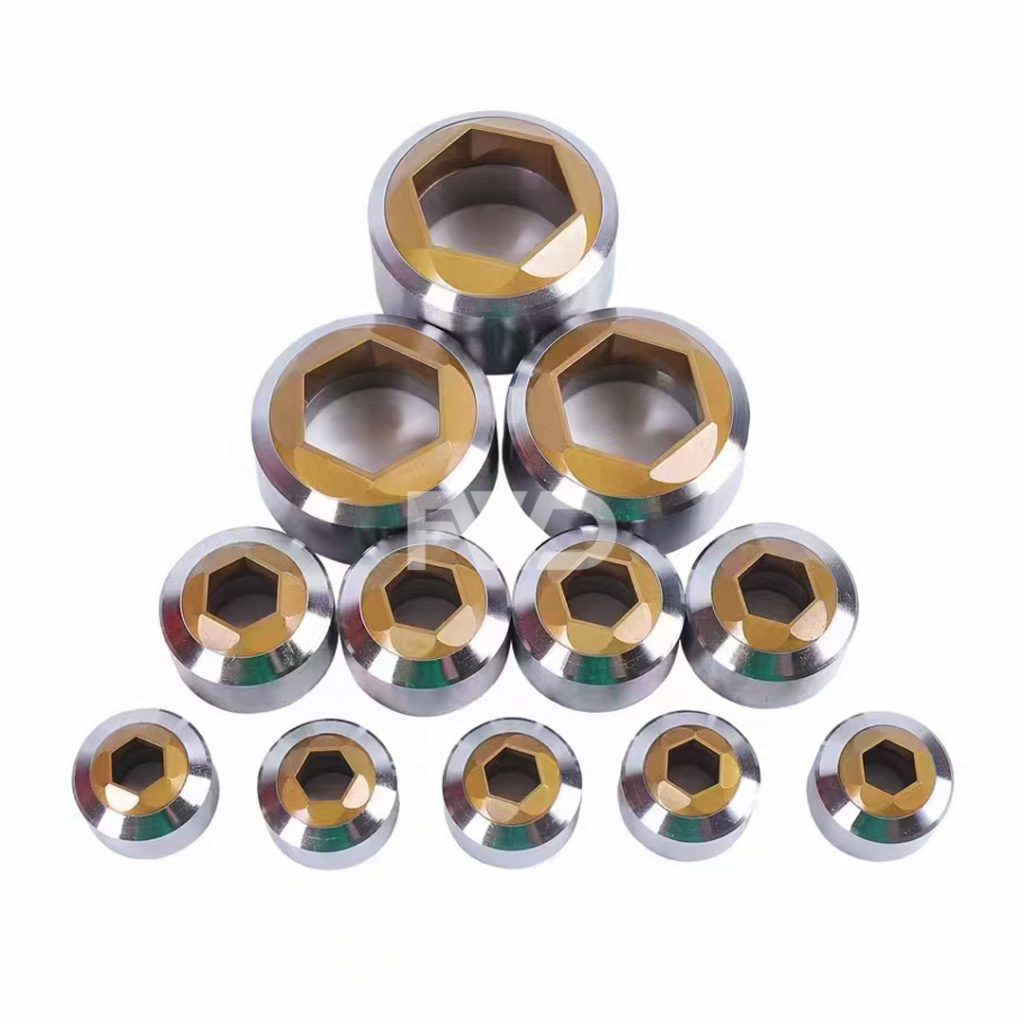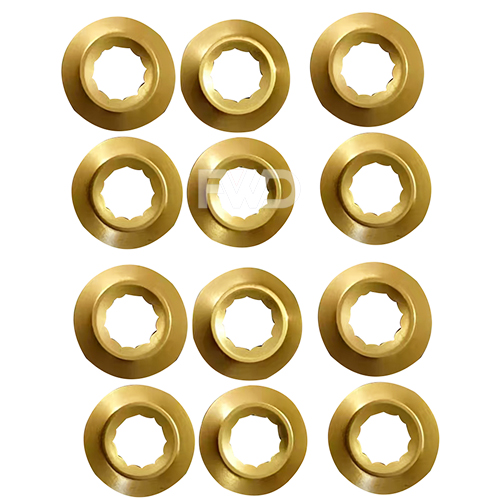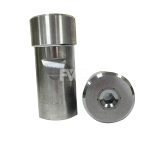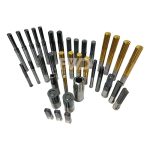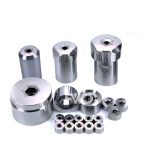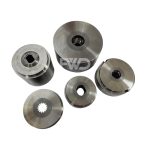Trimming Dies
2. Material Selection: Trimming Dies are usually manufactured using materials such as high strength steel, carbide or high speed steel. These materials have excellent wear resistance and durability and can withstand the high pressure and friction of the cutting process.
3. Manufacturing Process: Manufacturing Trimming Dies involves precision machining such as Electrical Discharge Machining (EDM), CNC milling and grinding to ensure the accuracy and surface finish of the dies.
2. Aerospace industry: Trimming of fuselage, wing and engine components to ensure precision and aerodynamic performance.
3. Electronics industry: Trimming the edges of circuit boards and electronics housings to ensure their proper fit and function in equipment.
4. Packaging industry: for trimming the edges of cardboard, cartons and plastic bags to improve the quality and suitability of packaging.
5. Consumer Goods Manufacturing: Trimming of product components such as home appliances and furniture to ensure assembly accuracy and appearance quality of the components.
6. Medical Devices: Trimming for medical devices and packaging to ensure product accuracy and safety.
2. Maintenance: Trimming Dies require regular inspection and maintenance, including cleaning, wear detection and adjustment. Regular maintenance helps to extend the life of the mold and keep it in good working condition.
2. Efficiency: Trimming Dies can significantly improve productivity by automating the trimming process.
3. Waste Reduction: Effective trimming reduces material waste and lowers production costs.
4. Consistency: Trimming Dies can ensure the consistency and quality of each part in mass production.
FAQ of Trimming Dies
2. Material Innovation: The application of new materials and coating technologies can improve the durability and performance of Trimming Dies.
3. Environmental Design: The design of Trimming Dies will be more and more concerned about environmental protection, using less material and more efficient production process.
Order Process

